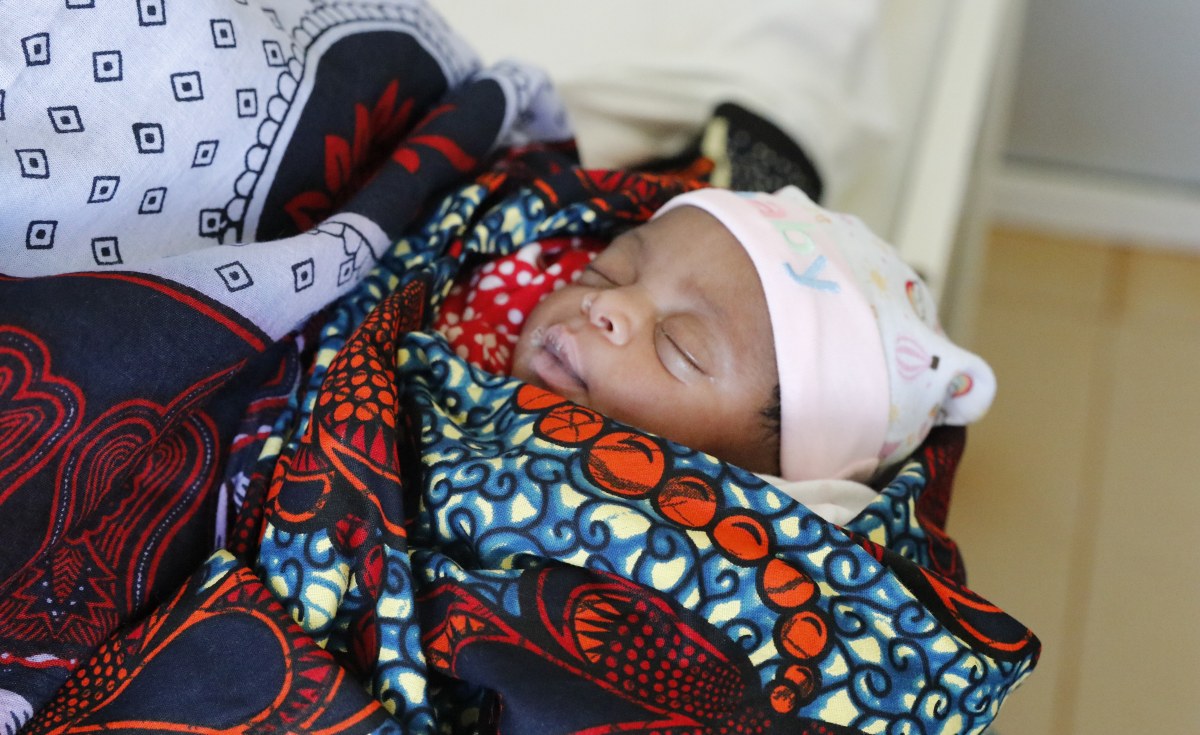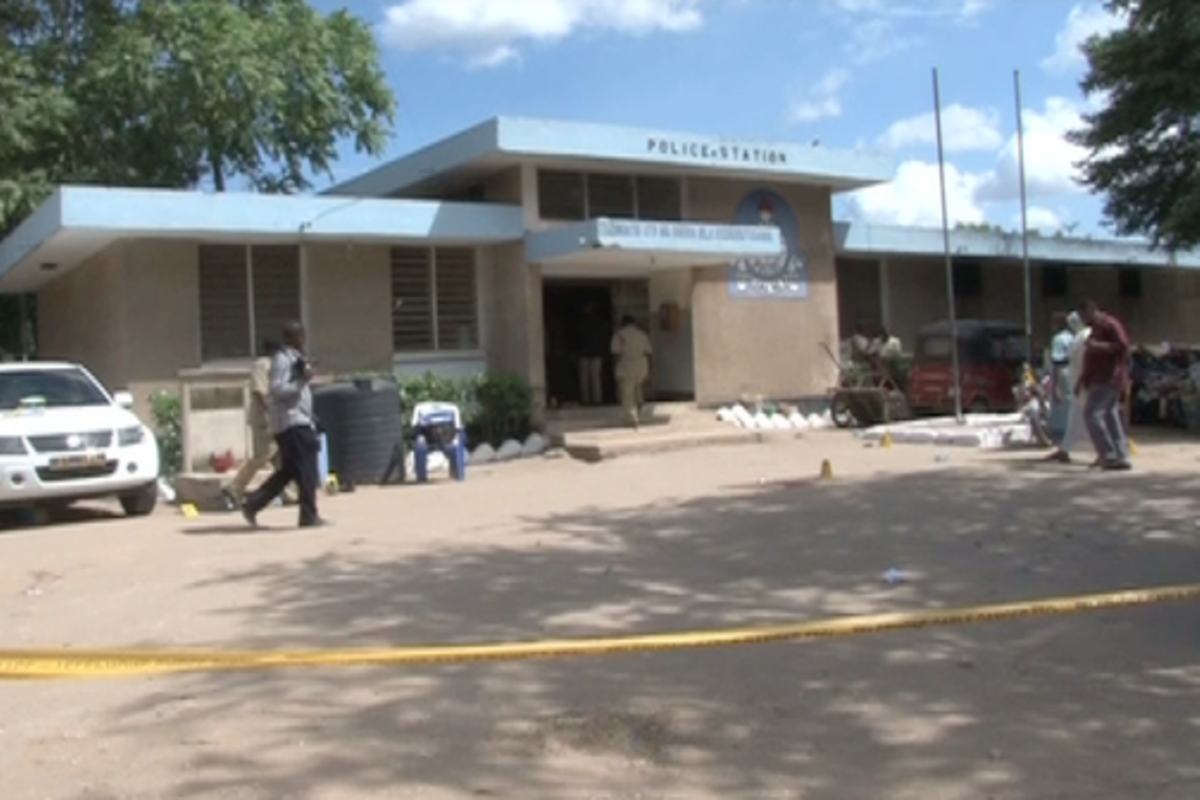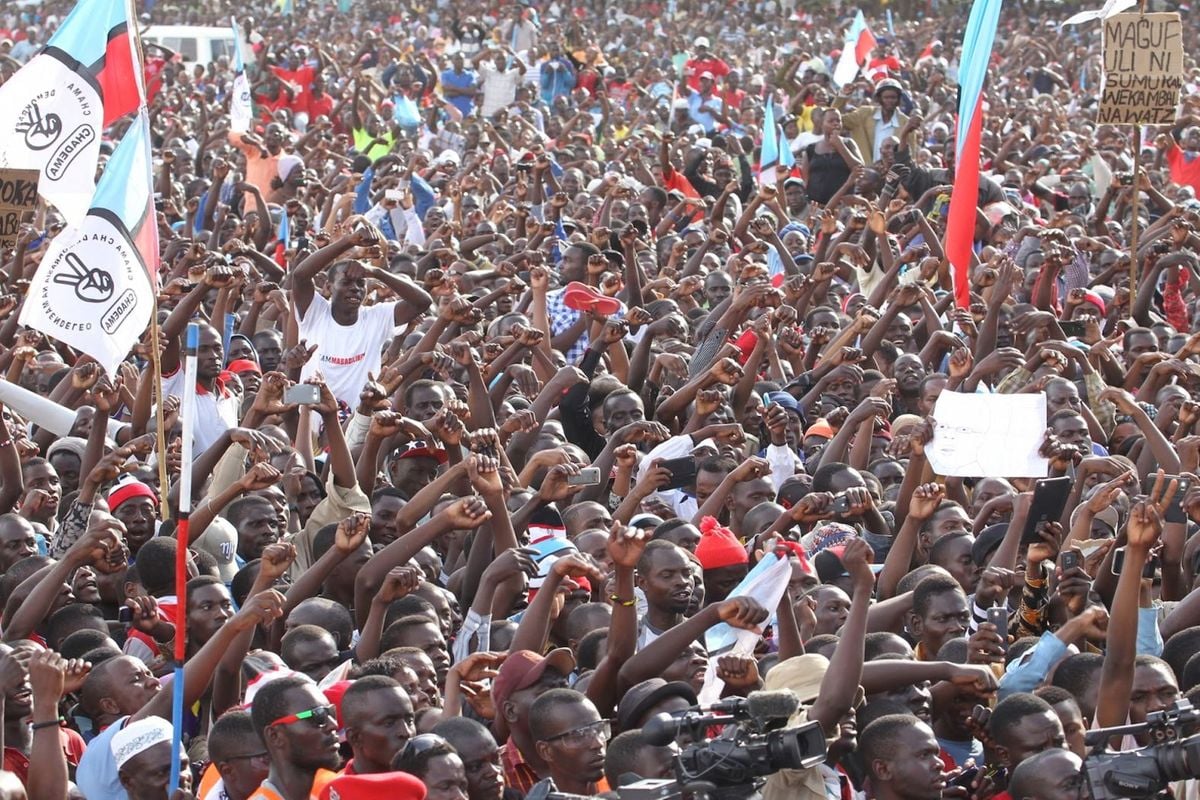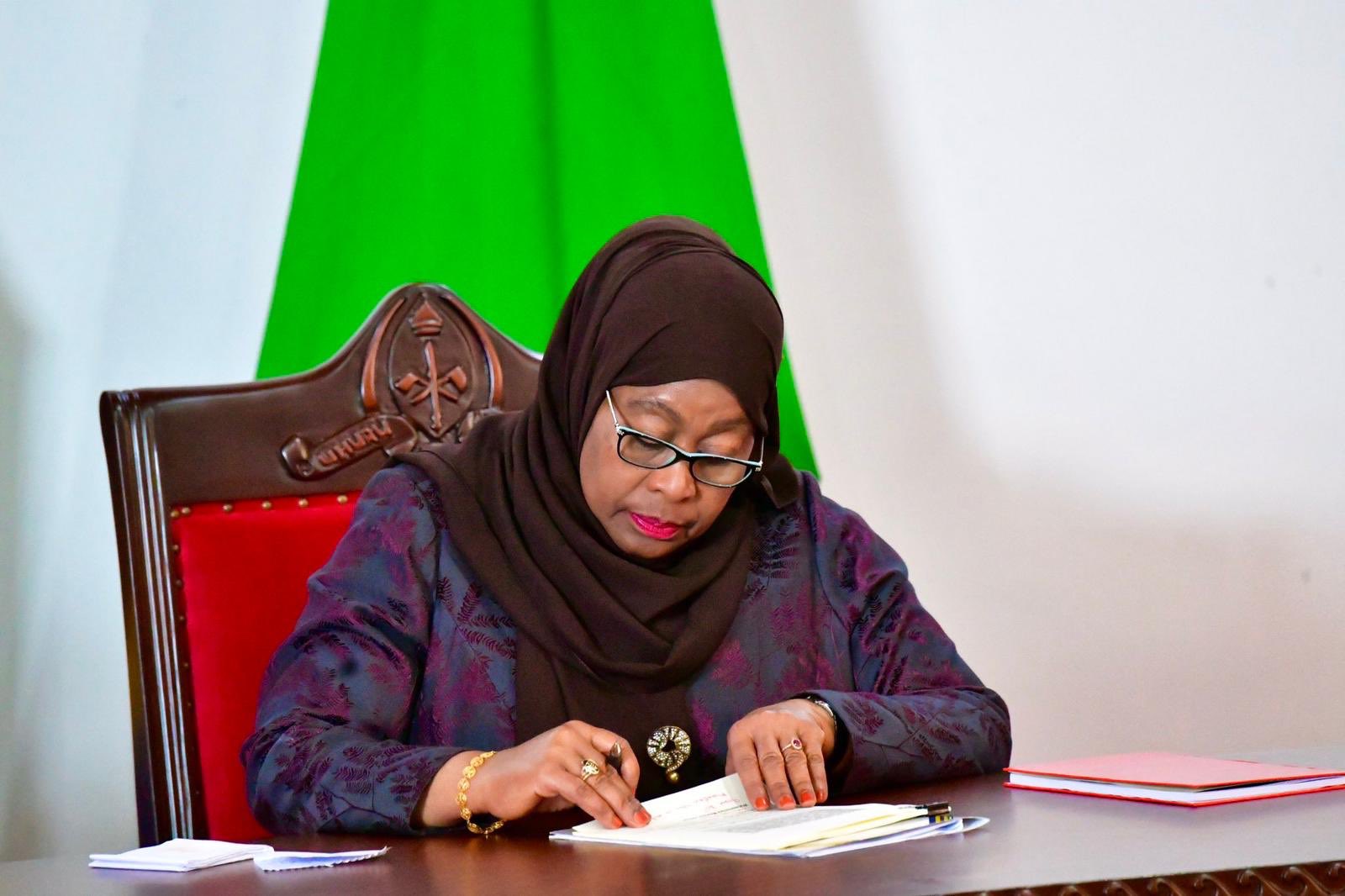THE Bank of Tanzania (BoT) maintained its key lending rate at 6 per cent for the quarter ending December citing easing inflationary pressures and a positive economic outlook.
The Central bank governor, Emmanuel Tutuba, said in a statement that improving domestic and global conditions supported the decision to hold the rate steady by the monetary policy committee which met on Wednesday.
In the two quarters to September, the central bank held the benchmark rate at 6 per cent from 5.5 per cent that was announced in January when the bank introduced the rate.
The central bank targets to maintain inflation below 5 per cent, but consumer inflation has stayed comfortably below that figure, despite growing pressure on the shilling.
Inflation increased to 3.1 per cent year-on-year in August from 3.0 per cent the previous month, data from the National Bureau of Statistics show.
An economist and investment banker, Dr Hildebrand Shayo said the rate was likely to be maintained given the continued improvement in the global economy with inflation rate declining.
However, Dr Shayo raised concerns about the significant disparity between the Bank of Tanzania’s (BOT) key lending rate and the double-digit lending rates offered by commercial banks to customers.
He questioned the reasons behind this mismatch, suggesting that risk premiums alone cannot account for the high borrowing costs faced by consumers and businesses.
“Who will explain this significant discrepancy between the central bank rate and the commercial banks’ lending rates, which remain in double digits? What can account for the reality of expensive loans, aside from risk premiums?” he inquired.
Bank lending rates in Tanzania decreased slightly to 12.78 per cent in July from 12.82 per cent in June. Despite this minor decline, the spread between the central bank’s rate and commercial bank rates remains substantial.
The Head of Research and Financial Analytics at Alpha Capital, Imani Muhingo, said maintenance of the CBR at 6 per cent was expected, especially as inflation is still at the bottom of the target range, while US’s rate cut and seasonal foreign inflows are expected to relieve foreign exchange pressures.
ALSO READ: FED rate cut: The resounding effects (Part 1)
Despite presumed liquidity pressure in the banking sector, cutting rates would be moving in too quick given the time lag of US’s policy, he said.
Financial analysts were divided on their prediction on the new central bank rate, with opinions varying on the whether to increase, maintain, or slightly decrease the key rate.
Some predicted the central bank would maintain the rate at 6.0 per cent for the third consecutive time, citing stable inflation and favourable macroeconomic conditions.
Others suggested there would be a modest reduction to stimulate investment and support private sector credit growth given the recent US Fed rate cut.
Meanwhile, Mr Tutuba told reporters that foreign currency availability improved from July to September 2024 alongside the tourism season and sales of agricultural products and exports, as well as rising gold prices in the global market.
He stated that as a result of this trend, the depreciation rate of the shilling decreased to 10.1 per cent for the year ending September 2024, down from 12.5 per cent for the year ending June 2024.
Tutuba mentioned that foreign reserves increased to 5,413.6 million US dollars by the end of September 2024, up from 5,345.5 million US dollars in June 2024, sufficient to cover over four months of imports, aligning with the country’s goals.
He projected that foreign currency availability is expected to continue improving, driven by rising gold prices in the global market, tourism activities and sales of natural products like cashews, tobacco, coffee and cotton, as well as exports of staple foods like maize and rice to neighboring countries.
This improvement will also be supported by a decrease in fertiliser imports and declining energy product prices, which are expected to reduce the demand for foreign currency and enforce legal requirements regarding quoting and making payments in Tanzanian shillings.
Source: allafrica.com














